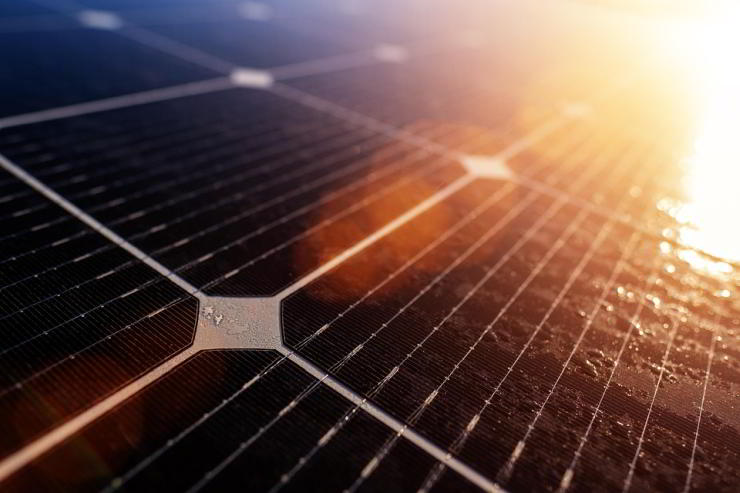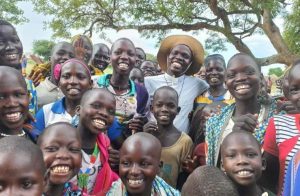Africa has 60% of the world’s solar resources, but still relies on fossil fuels to generate 82% of its electricity.
Today, Africa’s power generation mix continues to rely on fossil fuels, while renewables account for only 18 per cent of electricity generation. At the same time, Africa is one of the least electrified regions in the world: over half a billion people lack access to electricity connections.
The continent’s biggest challenge will be to produce enough clean electricity while avoiding using expensive gas as a “bridge” to the electricity transition. This has already been successfully achieved in Kenya, where wind, solar and geothermal energy sources have fully met energy demand growth since 2018.
After experiencing very slow electricity demand growth over the past decade, Africa’s electricity use diminished by 0.7 per cent in 2023, in contrast to a 4.8 per cent increase in Asia. Furthermore, clean electricity is expanding at a very slow pace. Renewables have only met a third of Africa’s electricity demand growth over the past five years, with fossil gas meeting the remaining two-thirds.
Despite having 60% of the world’s best solar resources, photovoltaics in Africa currently account for just 3% of the continent’s electricity generation. In 2024, 2.4 GW were installed. But new markets are emerging. By 2028, the continent is expected to install an additional 23 GW of solar, more than double its current capacity. However, this growth is still a fraction of Africa’s immense solar potential.
One of the obstacles to its uptake is that capital costs for solar are 3 to 7 times higher than in developed countries.
The continent receives just 3% of global energy investment, far from the $200 billion per year needed to meet energy access and climate protection goals. It will therefore be essential to reduce the cost of capital through innovative financing mechanisms and risk reduction tools. (Gianni Silvestrini) – (Pixabay)







